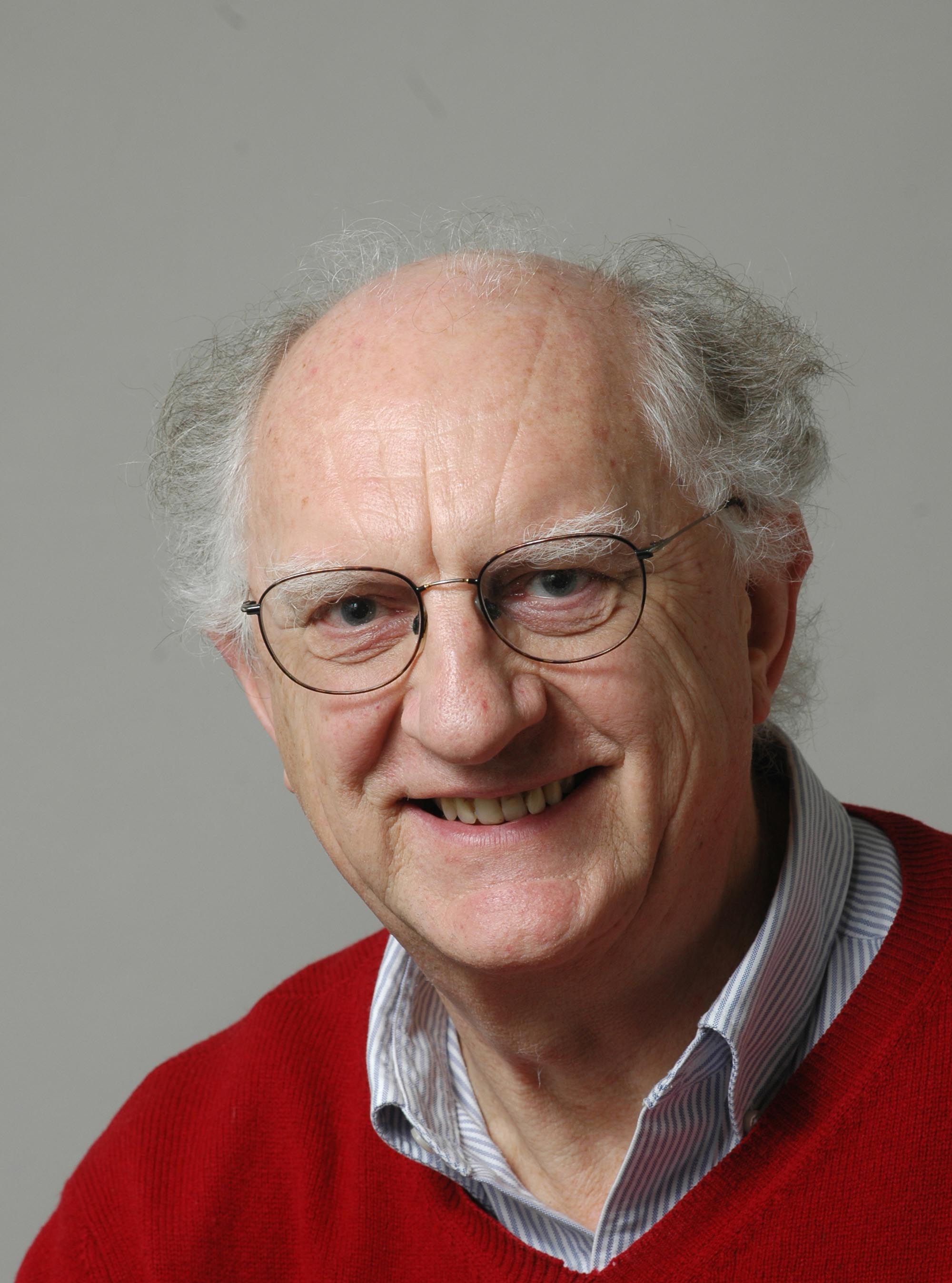John Clarke received his B.A. (1964), Ph.D. (1968), and Sc.D. (2005) from Cambridge University. After a postdoctoral fellowship at UC Berkeley, he joined the Physics faculty in 1969. He received the Distinguished Teaching Award in 1983. He is a fellow of the Royal Society of London, the American Physical Society, the American Association for the Advancement of Science, and the Institute of Physics (UK). He has been a Sloan Foundation Fellow, a Guggenheim Fellow and a Miller Professor. In 1987, he was named California Scientist of the Year and was awarded the Fritz London Prize for research in low-temperature physics. In 1998, he received the American Physical Society’s Joseph F. Keithley Award for Advances in Measurement Science and, in 1999, the National Academy of Sciences’ Comstock Prize for Physics. He was awarded the Hughes Medal of the Royal Society in 2004, and was the UC Berkeley Faculty Research Lecturer in 2005.
Research Interests
One of my main interests is in the development, noise limitations and applications of Superconducting Quantum Interference Devices (SQUIDs). I am particularly intrigued by quantum-limited detectors and measurements. Applications include reading out superconducting “qubits”, novel schemes for ultra-low-frequency nuclear magnetic resonance (NMR) and magnetic resonance imaging (MRI), and searching for the axion.
Current Projects
The dc SQUID consists of two Josephson tunnel junctions-weak links-connected in parallel on a superconducting loop. The SQUID is generally operated with a bias current that generates a voltage across the junctions. When the magnetic flux in the SQUID is increased, this voltage oscillates with a period of one flux quantum, F0º h/2e. By detecting changes in the voltage with an amplifier, one can detect typically 10-6F0 in a unit bandwidth. This exquisite sensitivity enables one to use SQUIDs for many different applications.
One application is to determine the flux state of a flux quantum bit (“qubit”), which consists of a superconducting ring interrupted by three nanometer-sized Josephson junctions. The qubit has two macroscopic quantum states, flux “up” and “down”, corresponding to anticlockwise and clockwise supercurrents in the loop, respectively. Just as for the ammonia molecule, the qubit is described by a two-well potential, and the two degenerate states can be superposed to form symmetric and antisymmetric quantum states with distinct energies. The quantum state of the qubit is measured with a SQUID. We have recently coupled together two such qubits, and shown that we can control the coupling energy-and even reverse its sign. Such control greatly simplifies the implementation of qubits in a quantum computer. Current work is focused on non dissipative readout schemes that should enable us to perform quantum nondemolition measurements.
The basis of the non dissipative readout is a dispersive scheme based on the “microstrip SQUID amplifier” (MSA). This device involves a spiral coil deposited on-but insulated from-the SQUID so as to form a microstrip resonator. The signal to be amplified is applied between one end of the coil and the body of the SQUID. When the signal frequency corresponds to a standing wave resonance in the microstrip the signal is efficiently coupled to the SQUID, yielding a gain of typically 30 dB at 1 GHz. Furthermore, when the MSA is cooled to millikelvin temperatures, its noise approaches the quantum noise limit determined by the uncertainty principle. The so-called “dispersive” readout of a flux qubit relies on the fact that the inductance of the SQUID in the zero-voltage state is a nonlinear function of the flux threading the loop. Thus, when a capacitor is connected across the SQUID to form an oscillator, the resonant frequency depends on the flux state of a qubit. By applying radio-frequency current pulses to the resonant circuit and detecting the amplitude of the resulting voltage with an MSA, one can measure the flux in a qubit with a detector that remains in the superconducting state.
NMR and MRI are of great importance in the spectroscopy of chemical compounds and the imaging of people. Typically, NMR and MRI are performed at frequencies ranging from tens to hundreds of megahertz. We have developed techniques based on SQUID detection that enable us to detect NMR signals at frequencies as low as tens of hertz, with an excellent signal-to-noise ratio. We are exploiting this technique in a variety of novel NMR and MRI experiments, including the demonstration of MRI in zero magnetic field and the first observation of the polarization of nuclei by means of a rotating magnetic field. In particular, we have developed a novel MRI system capable of obtaining high-resolution images in a magnetic field of 0.132 mT, four orders of magnitude lower than that used in conventional MRI. At this low frequency, we have demonstrated that there is a much greater differentiation of tissue types-for example, tumors and normal tissue-than in high-field MRI. This observation suggests that there may well be clinical applications of this technique.
Publications
R. McDermott, A.H. Trabesinger, M. Mück , E.L. Hahn, A. Pines and John Clarke, “Liquid State NMR and Scalar Couplings in Microtesla Magnetic Fields,” Science 295, 2247 (2002).
R. Bradley, J. Clarke, D. Kinion, L.J. Rosenberg, K. van Bibber, S. Matsuki, M. Mück and P. Sikivie, “Microwave Cavity Searches for Dark-Matter Axions,” Rev. Mod. Phys.75, 777 (2003).
R. McDermott, S-K. Lee, B. ten Haken, A.H. Trabesinger, A. Pines and John Clarke, “Microtesla Magnetic Resonance Imaging with a Superconducting QUantum Interference Device,” Proc. Natl. Acad. Sci. 101, 7857 (2004).
T. Hime, P.A. Reichardt, B.L.T. Plourde, T.L. Robertson, C.-E. Wu, A.V. Ustinov, and John Clarke, “Solid-State Qubits with Current-Controlled Coupling,” Science 314, 1427 (2006).
J. Clarke, M. Hatridge and M. Moessle, “SQUID-Detected Magnetic Resonance Imaging in Microtesla Fields,” Annu. Rev. Biomed. Eng. 9, 2.1 (2007).

